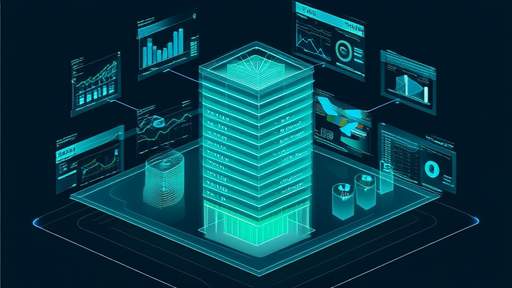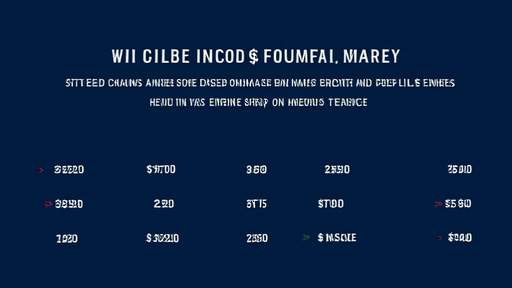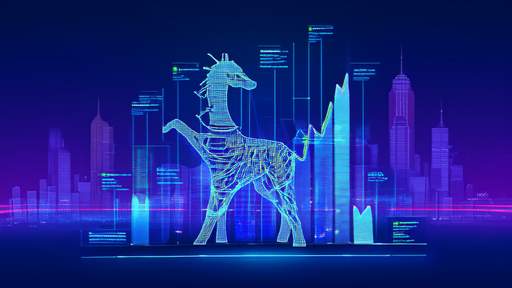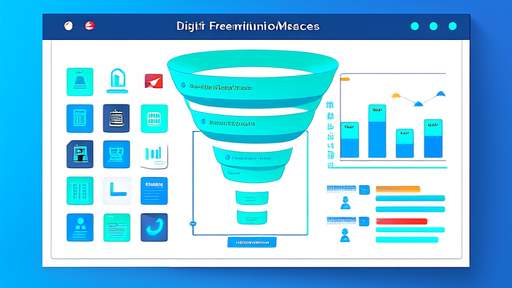The NFT market has undergone significant transformations since its explosive growth in 2021. While much attention has been paid to high-profile, million-dollar sales of blue-chip collections like CryptoPunks and Bored Apes, an intriguing pattern has emerged in the long tail of the market. The long tail theory, popularized by Chris Anderson in 2006, suggests that the collective demand for low-popularity items can rival or surpass the demand for mainstream hits. In the context of NFTs, this theory appears to be playing out in fascinating ways that challenge conventional wisdom about digital collectibles.
The long tail effect manifests clearly when examining secondary market activity across NFT platforms. While headlines focus on the top 1% of collections that generate eight-figure sales, the remaining 99% of NFTs collectively account for a substantial portion of trading volume. Data from OpenSea and other marketplaces reveals that the aggregate value of thousands of small transactions often exceeds the combined value of a few spectacular sales. This phenomenon suggests that the NFT ecosystem isn't just about speculative mania around a handful of projects, but rather a vibrant marketplace where niche interests find economic expression.
What makes the NFT market particularly conducive to long tail dynamics is its global accessibility and low barriers to creation. Unlike traditional art markets that require physical galleries or auction houses, digital marketplaces allow anyone to mint and sell tokens representing their work. This democratization has led to an explosion of specialized collections catering to every imaginable interest - from generative art algorithms to tokenized memes to digital fashion accessories. The infrastructure exists for creators to find their audience no matter how narrow their niche might be.
Platform design has unconsciously optimized for long tail economics. Features like infinite scrolling interfaces, sophisticated filtering options, and algorithmic discovery tools help surface obscure NFTs that would otherwise remain buried. Marketplaces have essentially created the digital equivalent of the "endless aisle" that Anderson described in his original analysis of e-commerce. The ability to browse through millions of unique digital items with minimal friction means collectors can indulge their most specific tastes, whether that's 3D-rendered medieval armor or pixel art portraits of obscure historical figures.
The psychological drivers behind NFT collecting further reinforce long tail patterns. Unlike traditional investing where homogeneity and liquidity are prized, many NFT collectors derive satisfaction from owning unique or rare items that reflect their personal identity. This creates demand for assets that might have limited appeal to the broader market but hold special significance for certain individuals. The result is a thriving ecosystem where even the most eccentric creations can find buyers willing to pay a premium for something that resonates with their particular worldview or aesthetic sensibility.
Economic data from the past three years shows the long tail growing more pronounced over time. In 2021, the top 10 NFT collections accounted for over 60% of total trading volume. By 2023, that figure had dropped below 40%, with the "other" category expanding significantly. This shift suggests that as the market matures, collectors are becoming more adventurous in their purchasing habits, exploring beyond the established blue-chip projects. The democratization of curation through social media and decentralized autonomous organizations (DAOs) has played a key role in this development, as communities form around increasingly specialized niches.
Interestingly, the long tail effect in NFTs operates differently than in other digital markets like music or books. While those industries see the tail consisting primarily of older content with enduring appeal, the NFT tail is dominated by new creations. This speaks to the incredible pace of innovation in the space, where artists and developers continuously experiment with novel formats and concepts. The result is a market that constantly refreshes its long tail with fresh inventory, preventing the stagnation that sometimes affects other digital marketplaces.
The implications for creators are profound. Where traditional creative industries funnel rewards to a small group of superstars, the NFT model allows a much broader range of artists to monetize their work. Emerging data shows that while few creators achieve life-changing wealth, many are able to generate meaningful supplemental income through NFT sales. This "middle class" of digital creators represents an important socioeconomic development that could reshape how we think about creative careers in the internet age.
As the market evolves, platforms are beginning to consciously optimize for long tail dynamics. New discovery algorithms prioritize diversity of recommendations, while curated sections highlight emerging artists alongside established names. Some marketplaces have introduced features specifically designed to help collectors navigate the long tail, such as advanced search filters for obscure attributes or tools for tracking micro-trends. These developments suggest that industry leaders recognize the health of the entire ecosystem depends on maintaining a robust long tail alongside headline-grabbing mega sales.
The endurance of long tail economics in NFTs raises important questions about how we value digital culture. In a marketplace where niche interests carry equal economic weight to mainstream trends, traditional notions of cultural significance become harder to maintain. This democratization of value determination represents a fundamental shift from twentieth-century cultural models, potentially leading to a more pluralistic digital creative economy. As the space continues to mature, observing how the balance between hits and niches evolves will provide fascinating insights into the future of digital ownership and creative expression.

By /Jun 3, 2025

By /Jun 3, 2025

By /Jun 3, 2025

By /Jun 3, 2025

By /Jun 3, 2025

By /Jun 3, 2025

By /Jun 3, 2025

By /Jun 3, 2025

By /Jun 3, 2025

By /Jun 3, 2025

By /Jun 3, 2025

By /Jun 3, 2025

By /Jun 3, 2025

By /Jun 3, 2025

By /Jun 3, 2025

By /Jun 3, 2025

By /Jun 3, 2025

By /Jun 3, 2025

By /Jun 3, 2025

By /Jun 3, 2025